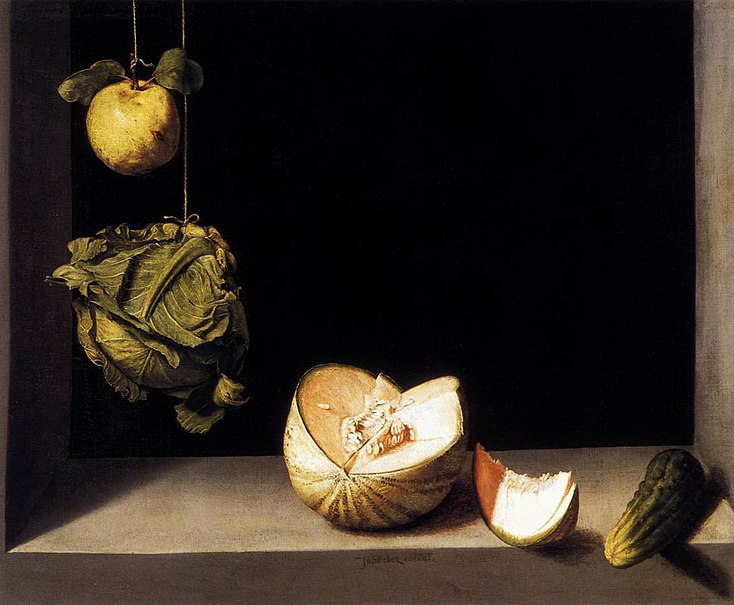The Domestic Soundscape making, listening, thinkingfelicityford@outlook.com
Last minute preparations
I have but one and a half of our delicious squashkins left, for I just grated the other half into a squash/ginger cake for tonight’s workshop attendees. I have also loaded all the wool assembled so far into a very large suitcase. Nobody is going to be short of any desired colour, that’s for sure… and hopefully my little mass of knitted vegetables will provide ample inspiration and examples.

Mmmmmm… oranges…
I’ve also been brushing up on my spherical object maths and perfecting my own set of ideas about how the sphere can be adapted for the stress-free improvisation of most knitted vegetables. Preparing for the workshop has clarified for me the difference between knowing a thing and knowing how to show what you know to others. It has also fired up in me a great desire to knit up an unrivalled collection of vegetables that will truly communicate the way that I feel about things that grow. I mean I just find vegetables and fruits – their form, their colours, their surfaces, their tactile qualities – mind-blowingly amazing. I love the everyday wonderment of vegetables and fruits; every fact of their growth and development, and every element of their design. I love that using fruits and vegetables is a daily activity, and one that is full of visual and olfactory interest; the stickiness, the smells, the tactile qualities. I love that I can experience fruits and vegetables on a daily basis and continually find them extraordinary.
It was no surprise to me, therefore, to find out in art college that Still Life paintings are often painted with a high degree of symbolism. There are dozens of art textbooks that will tell you about the importance of the humble fruit and vegetable as painted by Fra Juan Sánchez Cotán, for instance, like this beauty:

In the legacy of this great tradition within Western Art History, nobody would find it remotely crazy or amusing if I decided to set up a Still Life oil-painting workshop. But the notion of ‘knitted vegetables’ strikes everyone as sort of bonkers. Having painted many bits of fruit and bunches of flowers in the past, I can testify that the imaginative process of observing and recreating a thing from one medium into another, remains the same. There are many bad painters of fruit and vegetables; there are many naff patterns for fruit and vegetables. But it is also possible to obtain or create incredible renditions of fruit and veg in either paint or yarn, and why is it more insane to place lovely recreations of the things that inspire you most into your fruit/veg bowl and onto your kitchen shelf, than onto one’s walls?
I don’t wish here to ‘elevate’ my knitted vegetables to the level of genius recreation achieved in, say, the painting cited above. But it is curious to notice the ways in which knitting still isn’t free from a certain amount of functional utility which prevents the world at large from imagining it to be as limitless, as creative, as endless and as exciting as painting. In plain English, it is still seen as some kind of crime to invest yarn in ‘useless’ projects like fruit and veg when one could be making ‘useful’ clothes. Whereas I think it is safe to say that the value of Still Life painting remains somewhat unquestioned and even the most ardent knitters of ‘Useful’ things will most likely have some inspiring reproductions on their walls. So as I pack for the workshop, I’m wondering when we will start recognising that Art is as useful, and necessary, as jumpers, and I’m excited to see what all the wool in my large suitcase will become, this evening.

Pingback: The Domestic Soundscape » Blog Archive » In praise of Critical Engagement